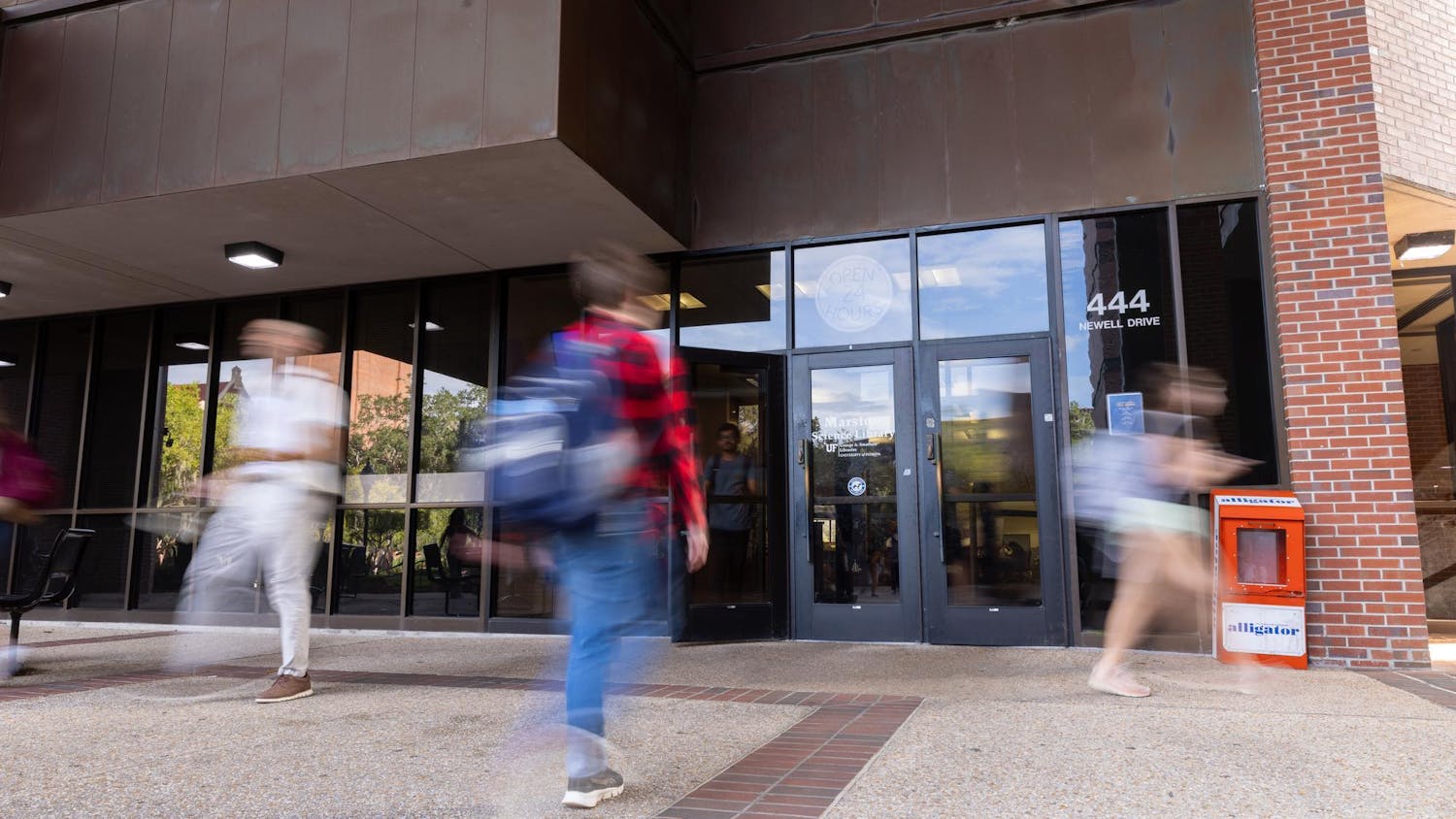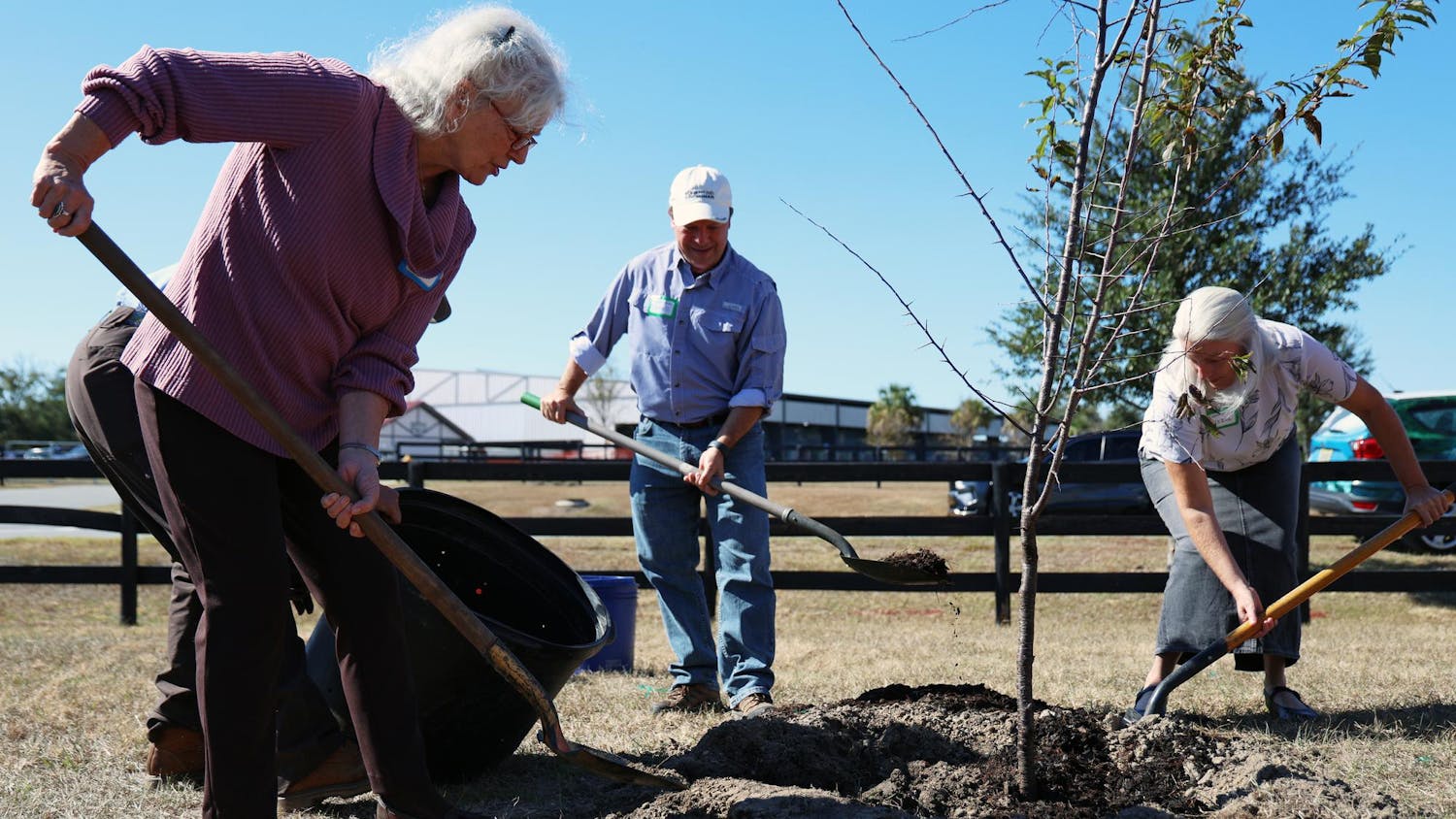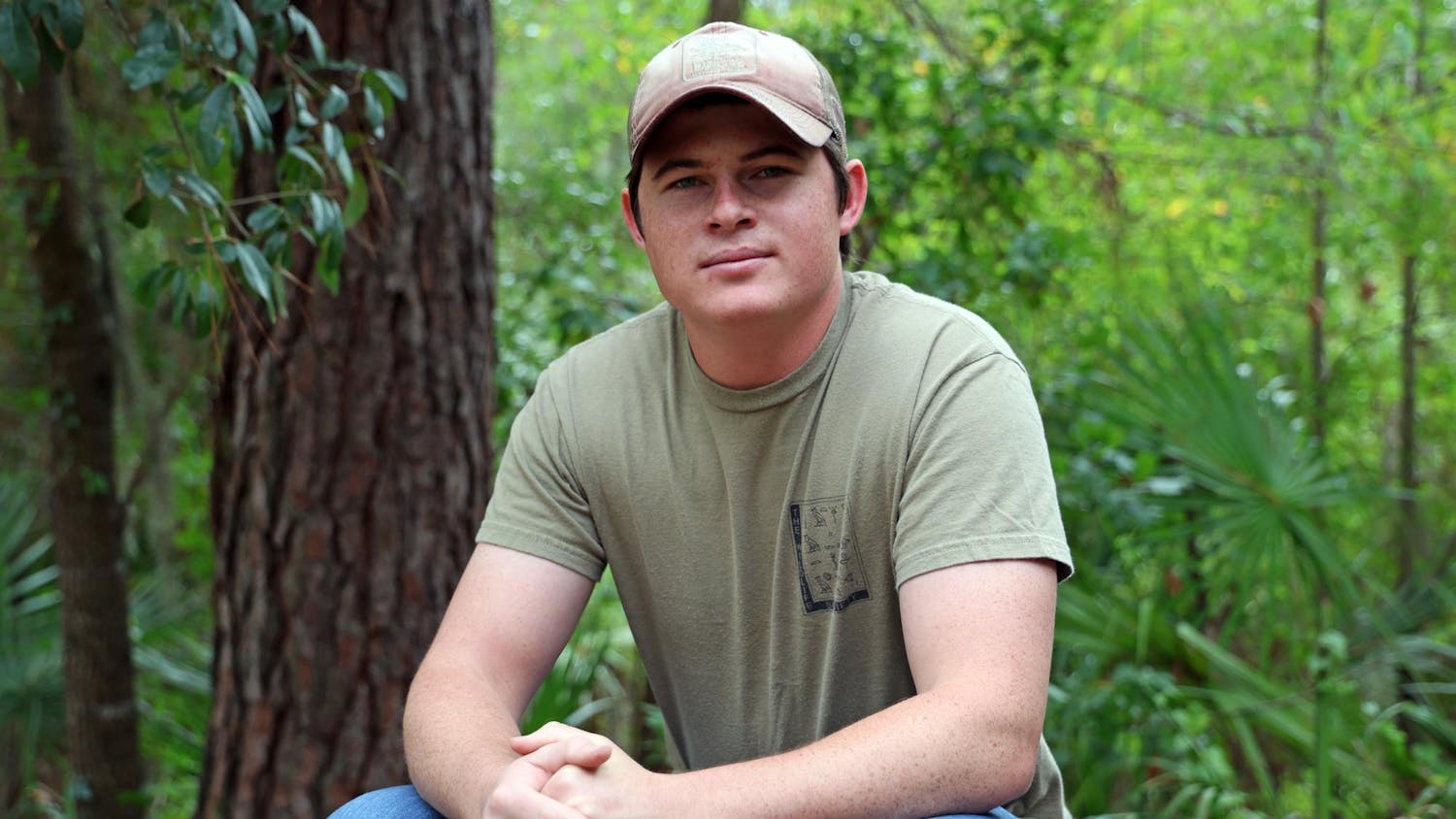In Florida, very little is known about horseshoe crabs, which come to the shore to find a mate this time of year.
UF researchers and the Florida Fish and Wildlife Conservation Commission are working to collect data on horseshoe crabs to keep track of important information like population size and how much they move around.
However, researchers can’t track them alone, which is why citizen scientists have been enlisted to help with data collection.
Jane Brockmann, a UF professor emeritus in the Department of Biology, is one of the leaders of this crab-tracking study.
“They are an important economic resource because of the biomedical industry (their blood is used for an important biomedical test), as bait for the eel and conch fishery and as specimens in the marine-life trade,” Brockmann said.
She said they are also an important ecological resource because they are food for endangered sea turtles and their eggs are food for migrating shorebirds.
The UF Institute of Food and Agriculture Sciences and the Nature Coast Biological Station are also studying horseshoe crabs along the coast and collecting data.
Despite the previous lack of knowledge on Florida’s horseshoe crabs, researchers are now providing information that’s vital in determining whether they need to be protected.
“This is an important and unique ancient creature, little changed since the Jurassic (Period),” Brockmann said, “and we hope they will be around for the future.”





